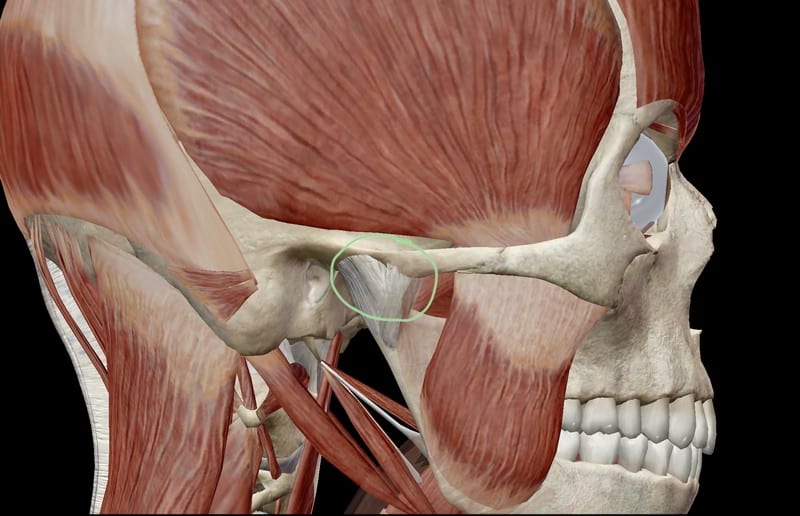Temporomandibular Joint

The temporomandibular joint (TMJ) is the hinge that links some parts of the skull to the lower jaw, which allows movements such as chewing and talking. In TMJ disorder, there is a decrease in the amount of oxygenated blood reaching the region and an increase in the number of toxins retained. It can be indicated by irritation, discomfort in the jaw’s two movable joints, excruciating pain in and around the ear, and difficulty chewing. It can also produce a clicking sound and immobility that prevents normal mouth movement. When a muscle contracts and stiffens, it may form trigger points, which can be irritated and lead to toothache. Pain in the TMJ may spread to other regions of the face, neck, and head regions because of its proximity to many muscles and nerves.
It can be challenging to pinpoint what causes TMJ dysfunction in a given individual. Too many dental restorations, such as crowns, might alter a person’s bite’s natural alignment. As a result, the jaw joint may experience increased stress and becomes inflamed, leading to chronic TMJ disorder if not addressed. Other risk factors include hereditary causes, arthritis, and a jaw injury. TMJ issues are often short-lived and treatable with non-invasive methods, but surgery is required for severe cases.










